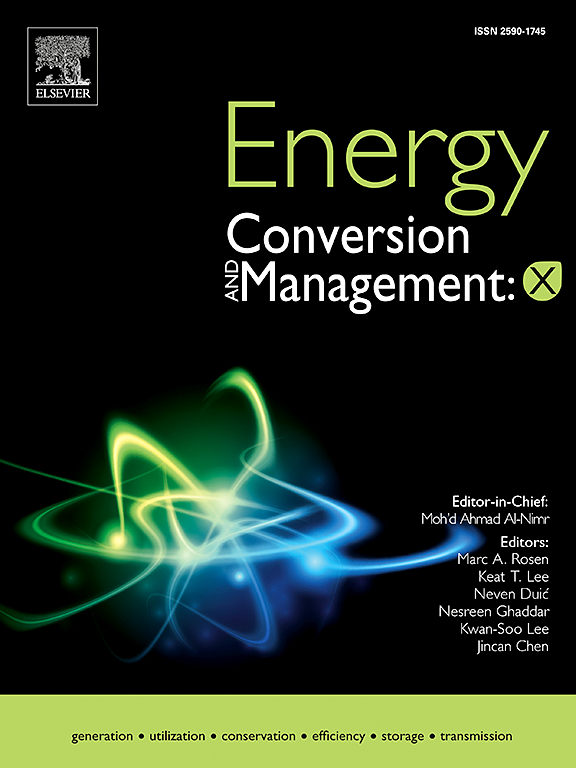Advances and future perspectives in thermoelectric cooling technology
IF 9.9
1区 工程技术
Q1 ENERGY & FUELS
引用次数: 0
Abstract
Thermoelectric cooling technology has become a research hotspot due to its alignment with the growing demand for environmentally friendly solutions. Compared to traditional cooling methods, thermoelectric coolers (TECs) offer advantages such as compact size, lightweight, simple structure, and lack of vibration. These benefits allow for easy integration with various power devices and enable precise temperature control. However, TECs face challenges including limited temperature control range and low thermoelectric conversion efficiency. This review explores the latest advancements in TECs across material design, structural design, heat dissipation, and application areas to identify potential solutions. The exploration of room-temperature thermoelectric materials with extremely low lattice thermal conductivity, high Seebeck coefficients, and high electrical conductivity is crucial for enhancing TEC performance. Investigating novel TEC structures and reducing thermal resistance between the TEC’s hot side and the heat sink will improve cooling efficiency. Additionally, optimizing system integration designs for TECs can support low-cost, large-scale commercialization. This review outlines the challenges TECs will face in the future and provides possible solutions. Addressing these issues will significantly boost TECs’ competitiveness within the broader cooling technology landscape.

求助全文
约1分钟内获得全文
求助全文
来源期刊

Energy Conversion and Management
工程技术-力学
CiteScore
19.00
自引率
11.50%
发文量
1304
审稿时长
17 days
期刊介绍:
The journal Energy Conversion and Management provides a forum for publishing original contributions and comprehensive technical review articles of interdisciplinary and original research on all important energy topics.
The topics considered include energy generation, utilization, conversion, storage, transmission, conservation, management and sustainability. These topics typically involve various types of energy such as mechanical, thermal, nuclear, chemical, electromagnetic, magnetic and electric. These energy types cover all known energy resources, including renewable resources (e.g., solar, bio, hydro, wind, geothermal and ocean energy), fossil fuels and nuclear resources.
 求助内容:
求助内容: 应助结果提醒方式:
应助结果提醒方式:


